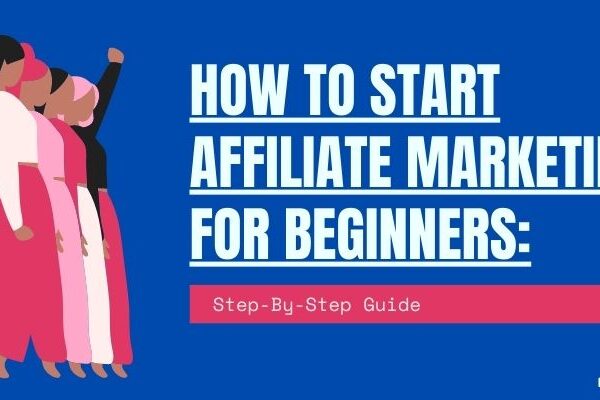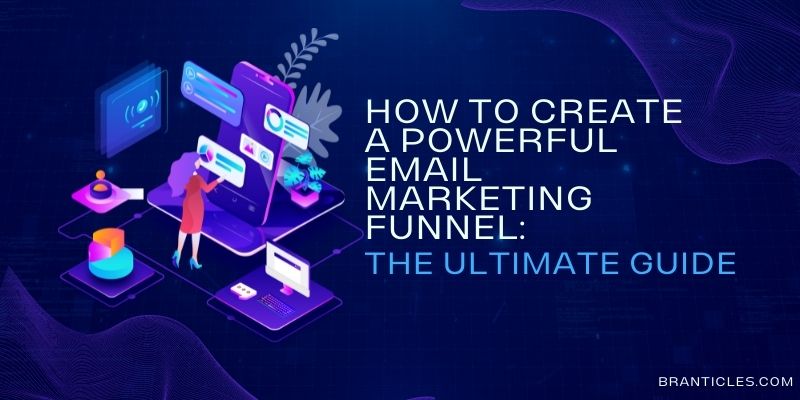Is it a very tough job to figure out how to write a conclusion? Are you struggling to find words to put in at the end of your blog? Do you not know how to write a conclusion for a project?
Do not worry. You are at the right place to clear all your confusion. I am going to take you on an educational ride on how to write a conclusion. I can assure you that you will create better concluding paragraphs after this.
Well, writing a conclusion for your blog or article should be an easy job? It should be easy for the readers to follow and understand. The conclusion should have a simple tone. It should also be easy for you to write.
Your conclusion should make the reader think about your article even after putting the paper down. It should create a strong impact.
You have already done the hard part of writing the whole article. Throughout the content, who has written everything, you wanted the reader to know about. Also, it is natural to lose patience as you move to the end of the article.
However, how to write a conclusion can be a real tough job. A reasonable conclusion has the power to impress the reader more than what the whole content did. Writing an attractive conclusion is an art.
The greatness of the conclusion is that it ends with a note that does not indicate trailing deeper into oblivion. From the conclusion, a reader should already be sure of their decision. This part of the blog gives you the most clarity.
Why is the conclusion important?
The two most difficult things to write in a blog are the introduction and conclusion. But, these two are the most important as well. These two create most of the impression of the reader on the blog. Hence, investing time in these two is worth it.
An introduction transports a reader from his or her daily life into the blog. Same way, a conclusion works as vice versa. Using a conclusion, you need to move your reader back to their everyday life from the blog.
A conclusion will clarify to the reader why they need to reflect on what you wrote in your blog and how it matters. This is your last chance to have a final word on your topic. Use this to demonstrate your ideas, orchestrate your thoughts and pitch your reader to a new concept of your subject.
This is also a final opportunity to create a good impression on the readers. Try to end it on a positive note. Your reader should be glad to have read your paper after they read your conclusion.
The conclusion should have a tone of surety. Some people come up with the best conclusions. If you are not one of them, do not have to worry. Writing a reasonable conclusion is not always about talent. There is a formula on how to write a conclusion.
Today, I am going to educate you with the formula and with examples. So are you ready to learn how to write a conclusion?
How To Write A Conclusion
The conclusion should have a tone of surety. Some people come up with the best conclusions. If you are not one of them, do not have to worry. Writing a good conclusion is not always about talent. There are formulas or strategies on how to write a conclusion.
Today, I am going to educate you on the formulas and strategies. So are you ready to learn how to write a conclusion?
Before we start with the formulas, let me first tell you a few things. Firstly, this formula is not the only and obligatory way to write a conclusion. You can add or remove whichever part you feel is right. Also, as you get better, you can even shuffle it in your own way.
- Play the “So What” game:
If you are stuck with your conclusion and do not know how to proceed, you might ask a friend to recite it with you. Now, whenever you are making a statement in your conclusion, ask your friend to cross-question you. Something like, “so what?” or “why would anybody care?”.
This will help you to fill the loopholes in your conclusion. If you cannot find a friend, you can use this trick on your own. Keep questioning yourself about what you are writing, and there you are with the perfect conclusion.
- Return to the theme you addressed in the introduction:
This strategy makes the reader feel that they have read the full story. It reminds the reader of what and where they started the blog. Using this trick, you can re-emphasize the main point of the topic. When you end with the same scenario as how you started, it tells the reader that the blog proved its point.
You can even use the exact keywords to refer back to the introductory paragraph. The conclusion should have an overall view of the blog.
- Synthesize, do not summarize:
The conclusion must include a compact summary of the main points in the paper. This does not mean that you will blindly repeat all the sentences and words in the introduction paragraph.
Instead, focus on proving the points that you made throughout the paragraph. Convince your readers through your conclusion.
- Propose a course of action, or questions for further study:
When you give an answer to any problem, you redirect your reader’s thoughts. This makes the reader understand your point. They then get convinced to use the ideas in their own life.
- Point to broader implications.
- Include a provocative insight.
- You can also include a quotation or reading from your research on the topic to make it more trustworthy.
Strategies to avoid in your conclusion
- Using an overrated or common phrase at the beginning of the conclusion can be a buzzkill. Phrases like “in closing”, “in conclusion”, or “in summary” may sound good when used in a speech but avoid them when writing an article.
- Do not use the conclusion paragraph to state the central point for the first time. Using the thesis only and, firstly, in conclusion, will be a disadvantage to your blog.
- Avoid introducing any form of new information or idea in your conclusion.
- Do not use a whole new subtopic in your conclusion.
- Using emotional appeals in your conclusion is a negative point. In an analytical paper, sentimental approaches are not welcome.
- Include research quotations or readings in the body of the blog and never in conclusion.
The four types of ineffective conclusion:
1. The “this is my story, and I’m sticking to it” conclusion:
This is just the most desperate way to end a blog. It gives out a feeling of helplessness to the reader. It shows that the writer failed to write a proper conclusion and hence repeated the title. This the writer does when he or she could not think of anything else to write.
2. The “ Sherlock Holmes” conclusion:
Some writers tend to give the thesis for the first time in the conclusion. This writer mainly does when they are too insecure to give out all the information so early. It might seem very dramatic to hide the central point from the reader until the end.
Even though it might be thrilling to you, a reader is not looking for a mystery unsolved only at the end. Instead, it may even happen that a reader loses interest in the blog because they cannot understand it. Your blog is not a thriller movie but an informative site.
3. The “We shall overcome” or “I am a woman” conclusion:
This type of conclusion is an emotional tool. It is just a hack to attract the reader’s attention. However emotionally appealing it may be, this is inappropriate. Imagine an analytical paper with an emotional ending. It is a disaster. A sophisticated commentary is much more welcome than a sentimental appeal.
4. The “Grab Bag” conclusion:
This is a type of conclusion that includes unnecessary pieces of information. It mostly happens when the writer found some added information later and could not use it in the main body. They try to input these ideas in conclusion.
It is not easy to understand which detail to leave out and which to keep. However, this does not mean stuffing all the left-out information in conclusion.
F.A.Q.s
Q1. How to start a conclusion paragraph?
A. Here are some examples of conclusion words or phrases:
- Considering all the things
- Clearly
- Given the points
- In drawing to the end
- In general
- Throwing light on this information, etc.
Q2. What is a conclusion example?
A. A reasonable conclusion is like your introduction. It should have the capability of transporting the reader from the blog to the real world smoothly. You remind the reader of your whole thesis by recapitulating the points. You also provide shreds of evidence to gain the trust of the reader in the conclusion.
Q3. What is a good conclusion paragraph?
A. The conclusion of your blog is your last chance for a final word. This is your chance to have the final say on your subject. A reasonable conclusion uses this chance to reinstate and prove the points of the thesis.
Q4. How to write a conclusion sentence?
A. A concluding sentence is the one that tells the reader that they are moving towards the end of the blog. It brings closure to a paragraph. With the concluding sentence in each section, the reader should understand the motive of the paragraph.
Q5. How to conclude a conclusion?
A. The best way to end a conclusion is by reiterating the first word or phrase used in the blog or article. We recommended concluding the paragraph in a tone of surety and clarity. Use one-syllable words to end your sentence.
Final Words On How to Write a Conclusion:
There you are at the conclusion of how to write a conclusion. I hope you have a clear idea by now. Keep in mind the things that are a disadvantage for your blog. I guess you do not want to bore away your readers with your conclusion.
Remember, knowing how to write a conclusion is as vital as the introduction. It would be best if you convinced the reader of your thesis with the concluding paragraph. Impress your reader enough to reflect on your ideas and use them in real life.
Just start your conclusion by recapitulating the main idea and end with a synthesis supporting your thesis. So now that you know the fundamentals of how to write a conclusion, can we hope for the best conclusion coming from you?






Wow, this article is fastidious, my younger sister is analyzing these things, thus I am going to let know
her.
I¦ve recently started a web site, the info you offer on this site has helped me greatly. Thanks for all of your time & work.